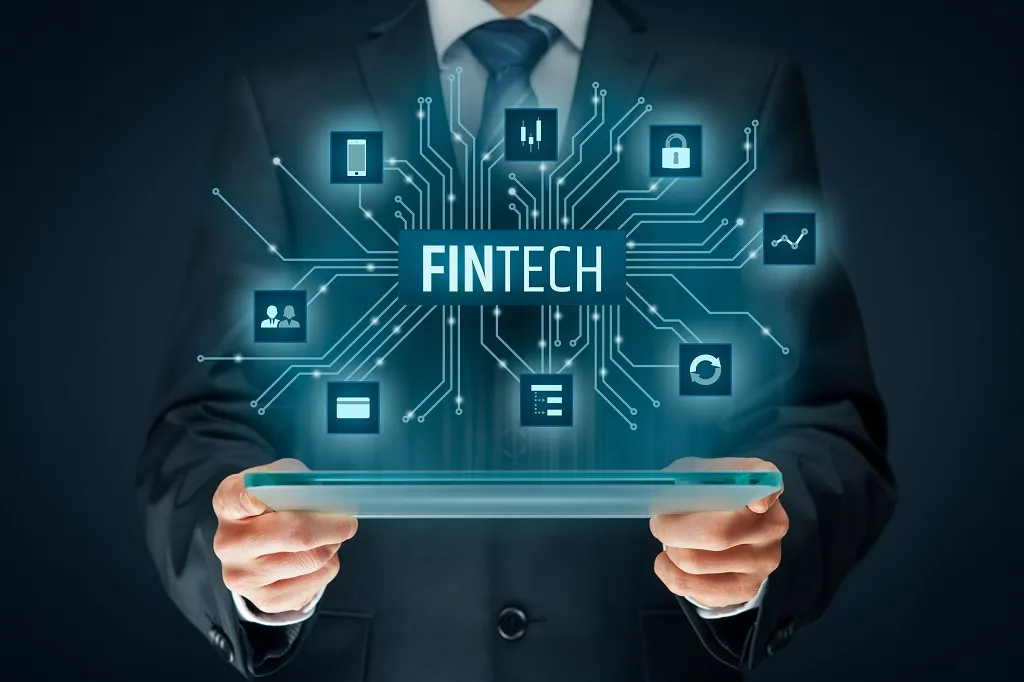Introduction to Fintech
Financial technology, or Fintech, represents the merging of finance and technology to provide innovative solutions for managing money. Traditional banking methods are being replaced by faster, more convenient digital alternatives. Fintech spans payments, lending, wealth management, insurance, and more. With the rise of smartphones and internet connectivity, customers now demand seamless digital experiences, driving the rapid adoption of fintech solutions worldwide.
UPI and QR Payments – Simplifying Transactions
Unified Payments Interface (UPI) and QR-based payment systems have simplified peer-to-peer and merchant transactions. UPI enables users to instantly transfer money using their mobile devices without the need for bank account details. Similarly, QR codes provide a convenient and secure method for merchants to accept payments without physical cash. Together, these technologies are reducing transaction friction, improving financial inclusion, and making everyday payments faster and safer.
Mobile Wallets and Their Growing Popularity
Mobile wallets like Paytm, Google Pay, and PhonePe allow users to store money digitally and perform transactions anytime, anywhere. They provide features such as bill payments, online shopping, ticket booking, and peer-to-peer transfers. The convenience, speed, and frequent cashback/reward programs have made mobile wallets increasingly popular among users of all age groups. Businesses are also leveraging wallets to improve customer engagement and loyalty.
Security in Digital Payments
As digital payments become more prevalent, security is a top concern. Fintech companies implement robust encryption, tokenization, two-factor authentication, and fraud detection systems to protect user data and prevent unauthorized transactions. Regulatory compliance, such as KYC (Know Your Customer) and PCI-DSS standards, ensures that users' financial information remains safe. Consumers are encouraged to adopt secure practices such as strong passwords, biometric authentication, and avoiding public Wi-Fi for financial transactions.
Future of Fintech Payments
The future of fintech is focused on AI-driven personalization, blockchain-enabled transactions, instant cross-border payments, and increased integration of IoT devices for payments. Fintech startups are exploring innovations like voice-activated transactions, crypto-based payments, and smart contracts. Governments and banks are also embracing digital currency initiatives, signaling a shift toward fully cashless economies in the coming years.
Conclusion
Fintech is fundamentally changing how individuals and businesses handle money. By providing fast, secure, and accessible solutions, it is enhancing the efficiency of financial transactions, improving financial inclusion, and reshaping the global economy. Staying informed about emerging fintech trends is crucial for both consumers and businesses to leverage these technologies effectively.


















.png)










.png)


 .
.
